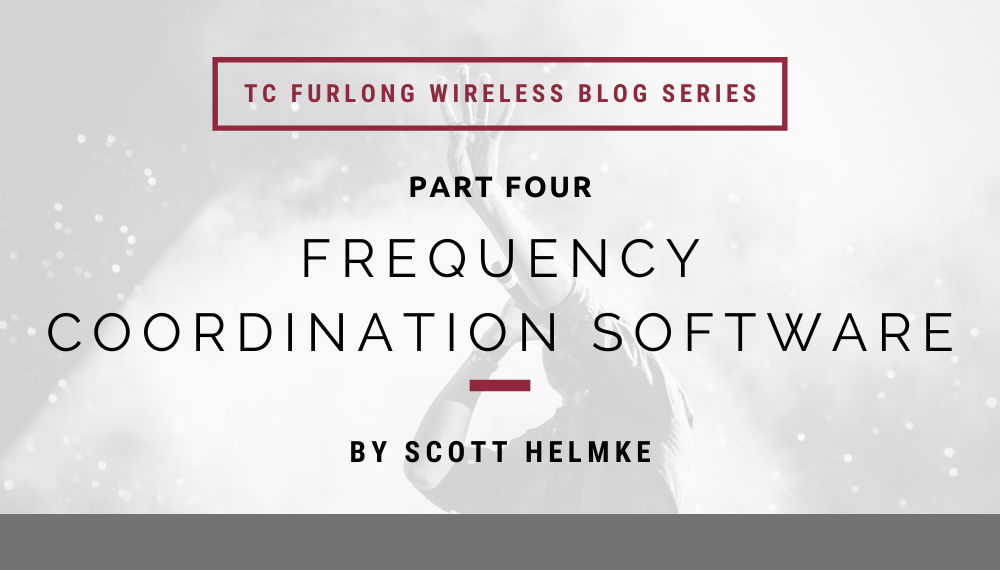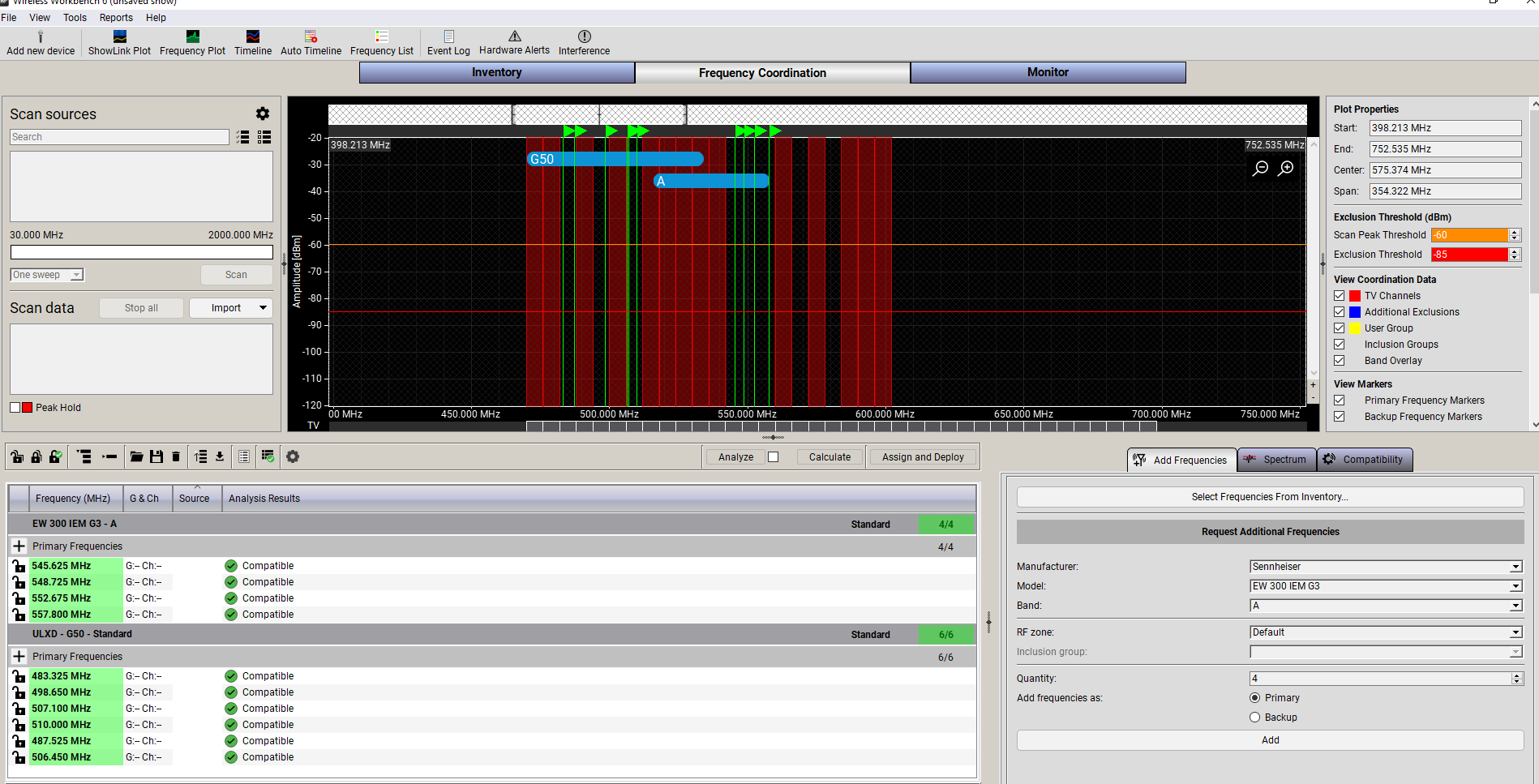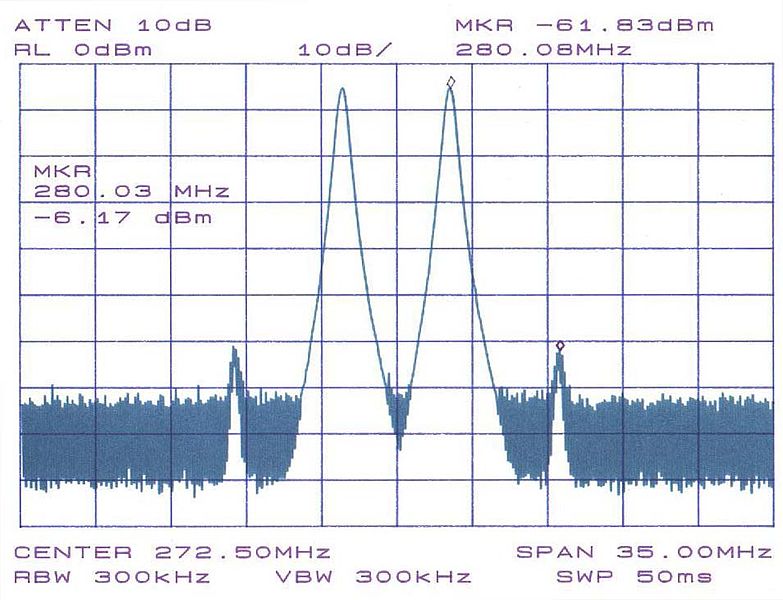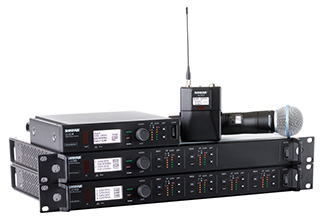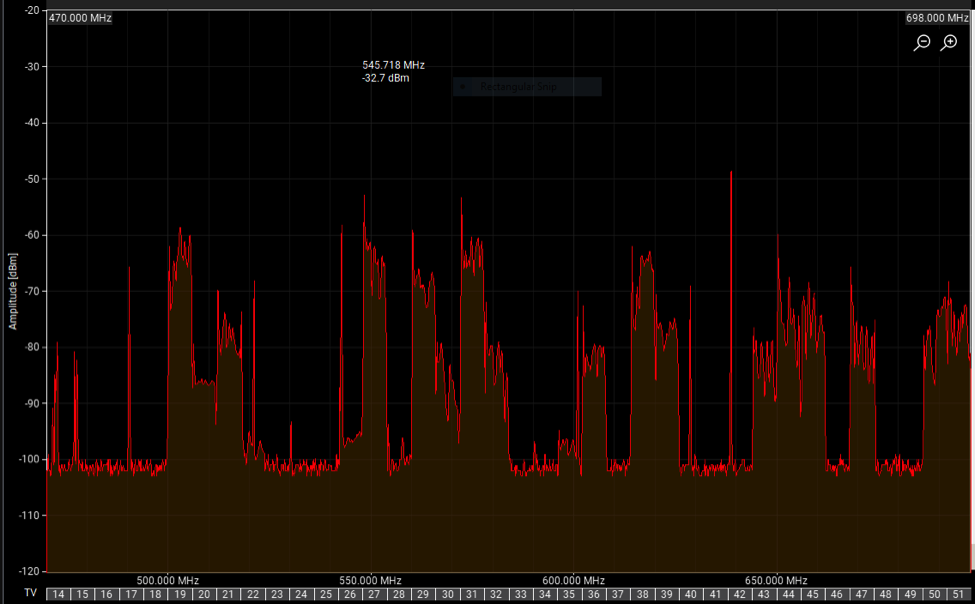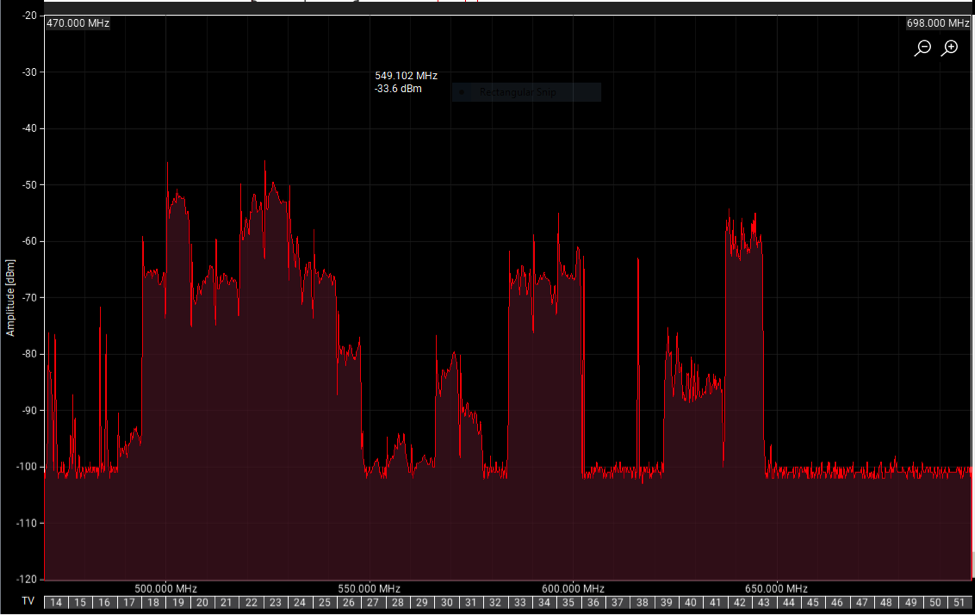
by Scott Helmke
In the months of May and June 2021, we featured special webinar presentations from industry veteran and RF expert James Stoffo. The first webinar, Antenna Theory for Wireless Systems, was held on May 25th 2021, and a full recording is now available on our YouTube channel. Our second webinar featuring a presentation from James, Strategies for Large Scale Wireless System Deployment, is available as well.
This blog post is the fifth entry in an ongoing series all about wireless systems – background info, best practices, and useful tips & tricks. Click here to get caught up on the previous articles.
This is the fifth blog article in our wireless series. In the previous article I wrote about standalone frequency coordination software, and I recommended you actually download Shure’s Wireless Workbench (WWB) and spend some time learning it. At our office we use WWB quite a bit, and sometimes long before we’ve even got wireless systems to coordinate.
This article is about actually choosing what wireless gear to buy or perhaps rent. On the surface it seems simple, you have $X and you need quantity (Y) microphones, right? Well it starts that way. You figure out you can buy four (4) microphones, you call up a dealer (timely reminder that TC Furlong Inc. is an authorized reseller for all major manufacturers of production wireless equipment, and that we carry hundreds of channels of wireless mic, IEM, and intercom systems in our rental inventory), and the second question they might ask is “which frequency band do you want?”. Right about there is where the plan starts going off the rails. You have to choose a frequency band? How do you do that? You just want some microphones! While we are always more than happy to make recommendations on the best frequency band for your purchase or rental, understanding the subject will help you quite a lot too.
What are Frequency Bands?
The story with “frequency bands” is that a wireless microphone system can only tune to a limited range of frequencies. The cheapest stuff is built with one frequency – that’s it. If there’s a TV station on that frequency, you’re out of luck. The most expensive wireless has a wide tuning range, such as Shure’s Axient Digital which can tune over the whole legal UHF TV band. Your budget will likely fall somewhere between the two, meaning that the manufacturer might have two or three different frequency bands to cover the UHF TV band for the wireless series you are buying. There might also be a couple bands available in a different part of the spectrum, such as Shure ULXD in VHF.
So what you need to be able to do is figure out what frequency band would work best for you, in your specific location. This is where frequency coordination software is invaluable. Not only will it help you avoid buying into a frequency band that has very little space available for microphones, but it can also help you avoid buying gear that will interfere with wireless you might already own. We do this a lot in our sales and rental offices, using WWB to play “what if” games based on a customer’s location and existing wireless gear.
How to Choose a Frequency Band
Without getting into trying to teach everybody how to use WWB (Shure has some great videos available on the subject), the process is just to start up WWB, put in the local postal code, and enter in all the wireless gear that might already be onsite. It’s even possible to put in the specific frequencies that are being used. After saving that as a “show” file in WWB so that it’s easy to start over, just put in the microphones or other wireless systems you are thinking of buying. Maybe put in extra channels, just to see how many frequencies WWB can find for that specific make, model, and frequency band. It’s pretty easy to see whether there’s space available or whether you need to try a different frequency band. Below is an example of WWB displaying available bands of Shure QLXD wireless. The vertical red bars represent TV stations to avoid.

There are some strategies to consider while doing this, beyond just finding what might fit. If you already have a Shure wireless microphone receiver that can connect to WWB, you can usually use it as a “scanner” in WWB to see what’s actually in your local spectrum (though only for the frequency band of that receiver). You may also be able to rent a compatible receiver or scanner that will cover the whole spectrum that you’re interested in.
Also, it’s good practice to put microphones and in ear monitor (IEM) or intercom systems into different frequency bands when possible. Keeping the powerful IEM transmitters out of your microphones’ frequency band will help reduce interference and intermod problems.
Conclusion
A final consideration for choosing specific gear is just the practical. Buy the best you can afford, and if somebody generously offers to buy a bunch of cheap wireless be prepared to politely explain how those systems wouldn’t work in your situation. Good wireless isn’t cheap, but the good news is that even the less expensive systems from reputable manufacturers are still pretty good quality. Please don’t buy “too good to be true” systems from eBay; often these are cheap clones of the real thing and might not even be legal to use.
So, is that all there is to it? Actually, we’ve now covered the most important steps to having a successful wireless deployment. But there’s more – in our next blog article I’ll be writing about antennas, how to use them, and the importance of proper antenna distribution systems.
Need help with a frequency coordination for your next show? Frequency coordination is just one of the many services we offer.
Interested in purchasing a wireless system? Reach out to our Sales Team at 847-367-9588 or sales@tcfurlong.com for comprehensive help selecting the right system – in the right frequency band – for your needs.
We also carry hundreds of channels of production wireless equipment in our rental inventory, and our experienced Project Managers can help design and implement a wireless system for your next show. Reach out to them today at 847-367-9588 or rentals@tcfurlong.com to get started.
